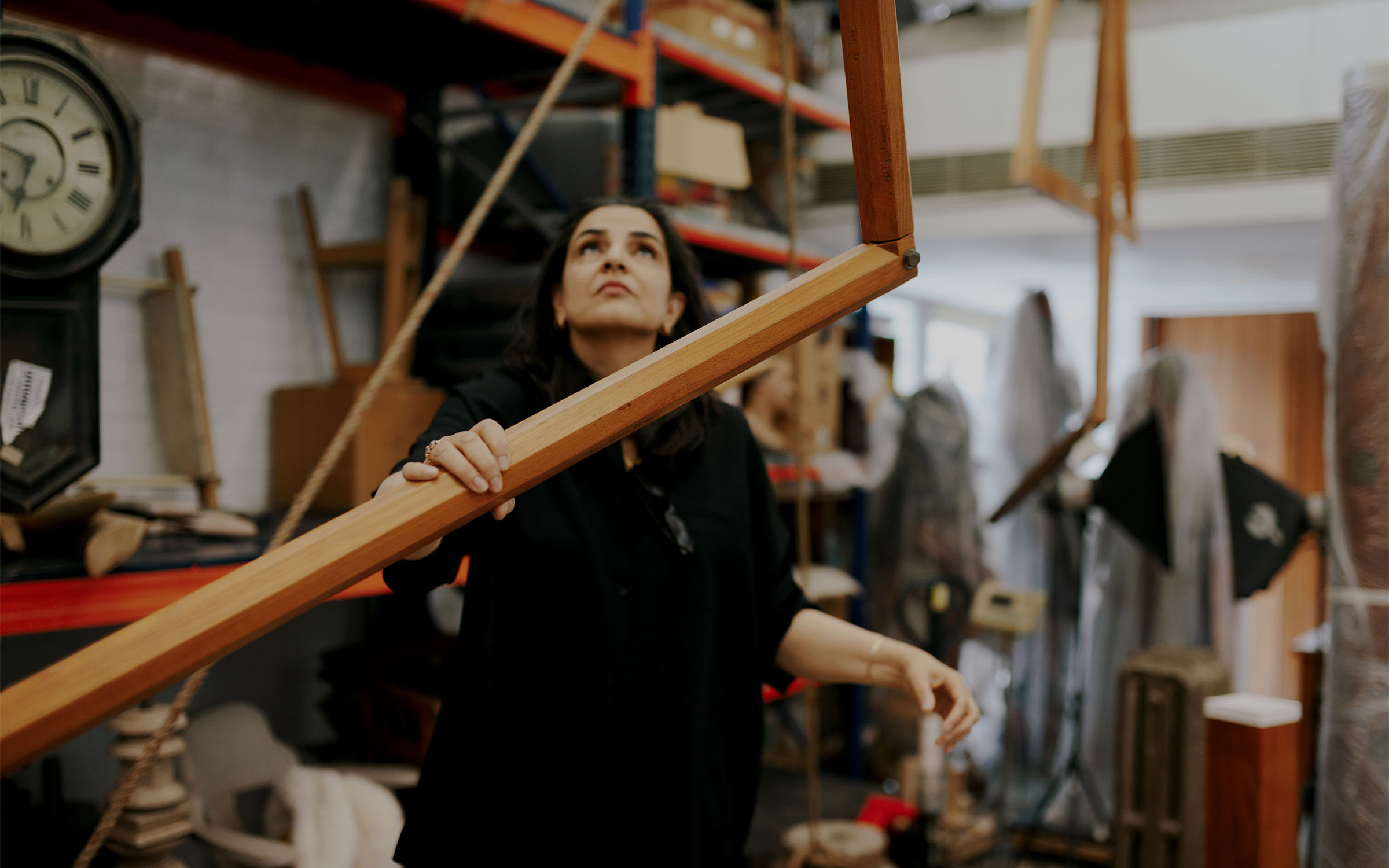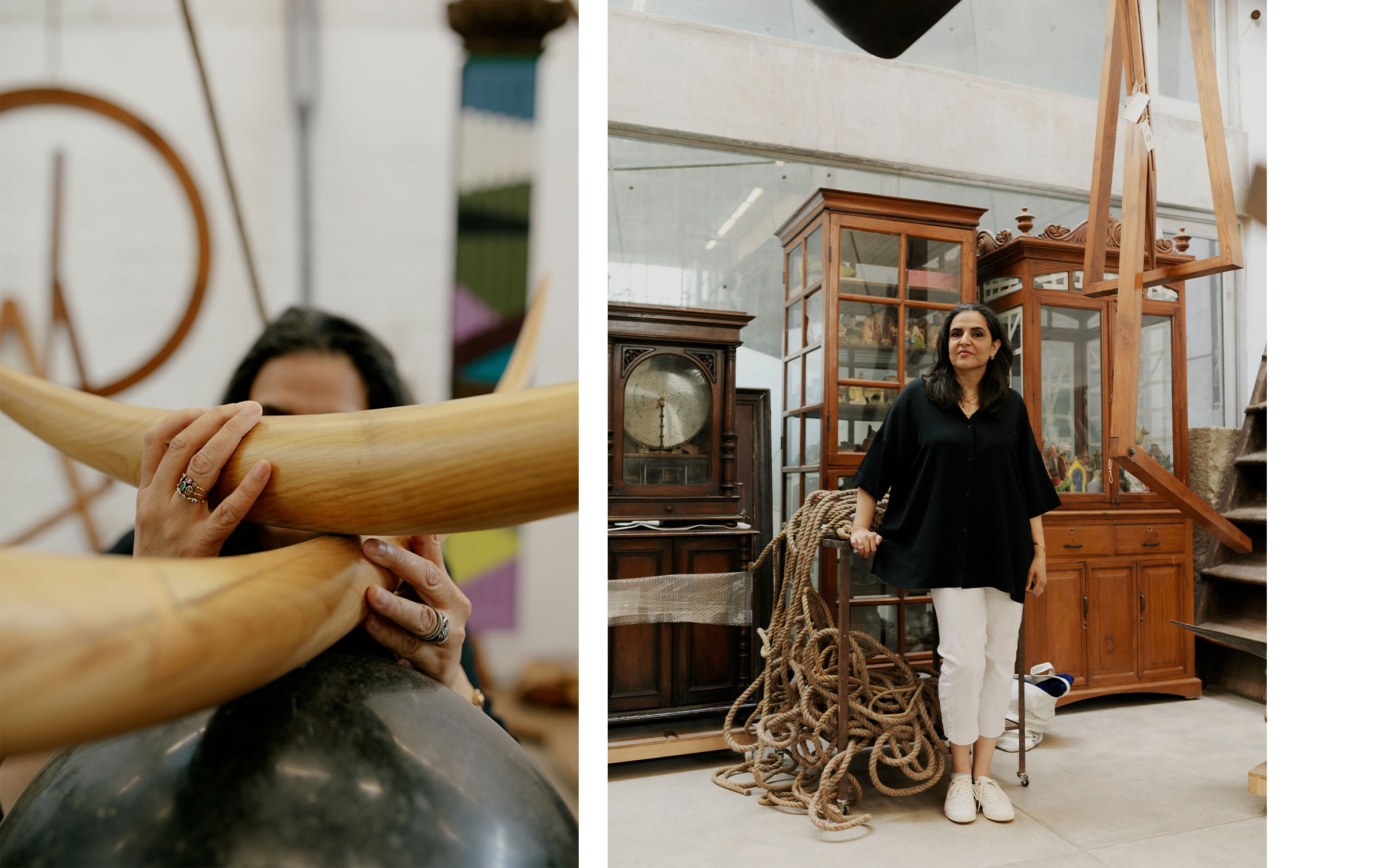 Bharti Kher in her studio, 2021. Photo by Dolly Devi for Art Basel.
Bharti Kher in her studio, 2021. Photo by Dolly Devi for Art Basel. Bharti Kher in her Delhi studio, 2021. Photo by Dolly Devi for Art Basel.
Bharti Kher in her Delhi studio, 2021. Photo by Dolly Devi for Art Basel. Bharti Kher, Six women, 2012-2014. Courtesy of the artist and Perrotin, Paris, Hong Kong, New York, Seoul, Shanghai, and Tokyo. Photo by Claire Dorn.
Bharti Kher, Six women, 2012-2014. Courtesy of the artist and Perrotin, Paris, Hong Kong, New York, Seoul, Shanghai, and Tokyo. Photo by Claire Dorn.




